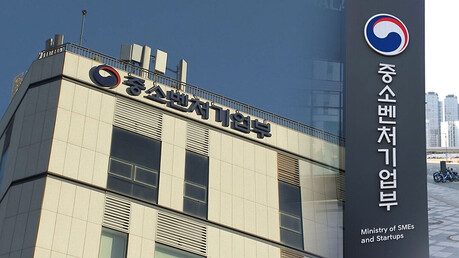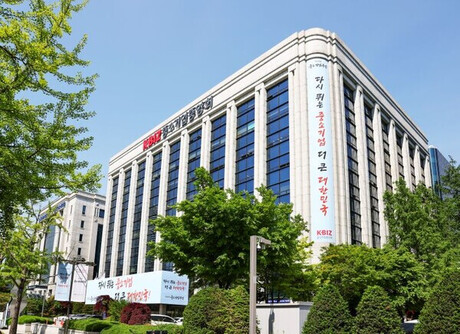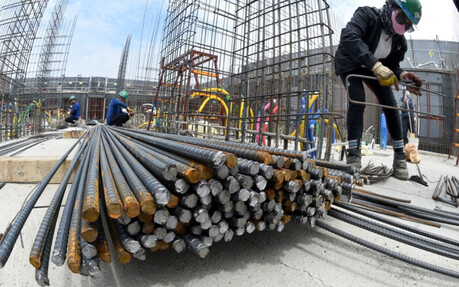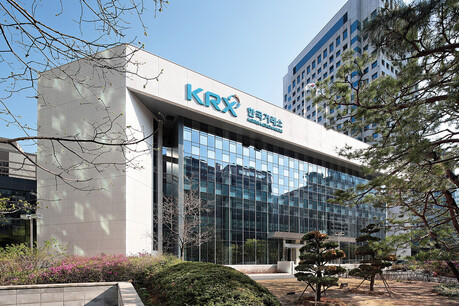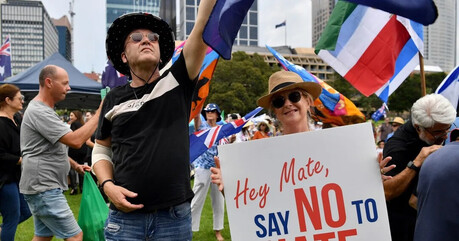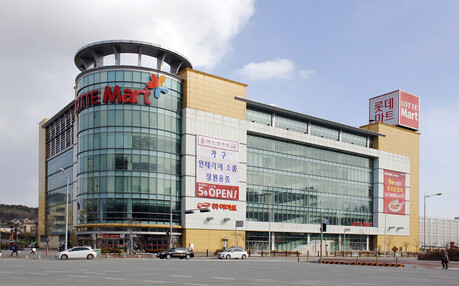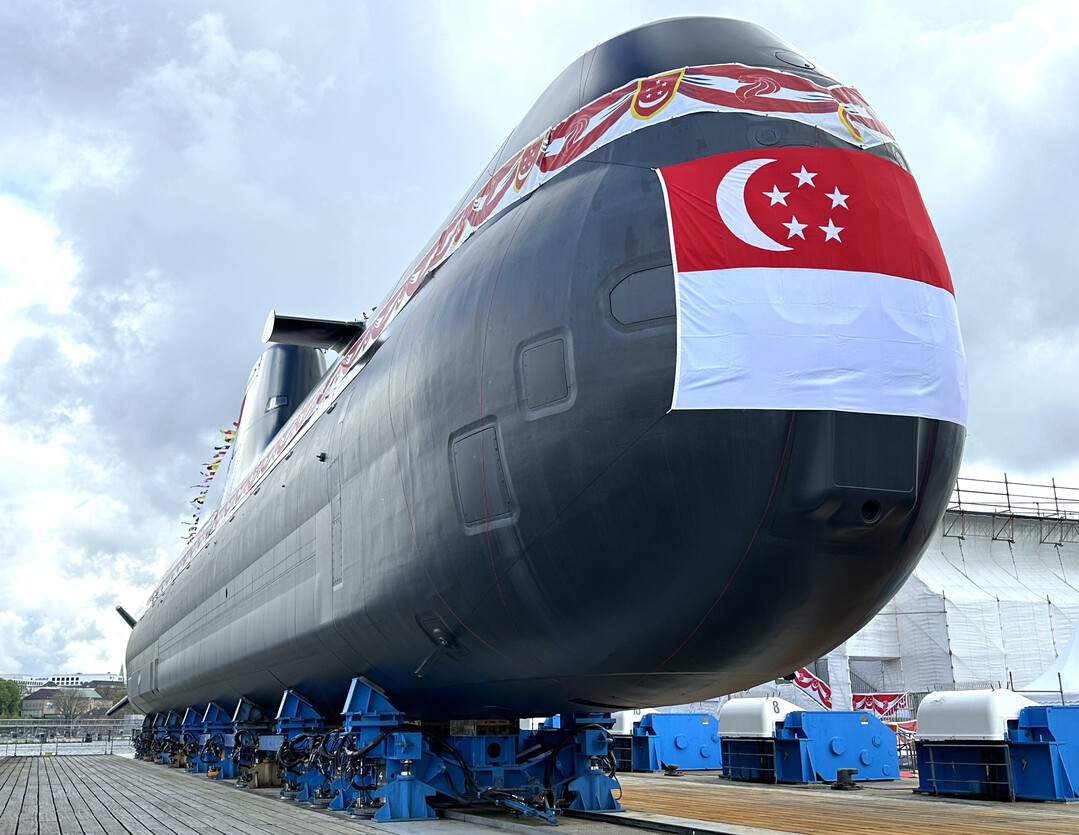
Singapore is significantly enhancing its naval capabilities by acquiring two additional state-of-the-art submarines from Germany. This move, supplementing its existing fleet of four similar vessels, underscores Singapore's strategic push to modernize and strengthen its maritime defense through automation and a lean crew model. However, this approach presents several notable challenges.
The Imperative of Maritime Security
Maritime security is paramount to Singapore's survival. As one of the world's busiest transshipment hubs, Singapore's economy is heavily reliant on sea trade, which contributes approximately 7% to its GDP. Threats to the maritime environment in Southeast Asia or across the Indo-Pacific could severely impact Singapore's economic prospects.
A stark example is the crisis from October to December 1965, when Malaysia threatened a maritime blockade in response to Singapore's attempts to resume barter trade with Indonesia after its recent independence.
Continuous Naval Modernization
Since then, Singapore has consistently pursued a naval modernization program. In the late 1980s, it acquired anti-submarine warfare capabilities with the Victory-class missile corvettes. In the early 2000s, it added six Formidable-class frigates armed with vertical launch systems and four refurbished Archer and Challenger-class submarines.
The recent naval modernization program is driven by several factors:
Deteriorating Southeast Asian Strategic Environment: Rising regional tensions necessitate a stronger naval presence.
Declining Military Service Personnel: Lower birth rates reduce the pool of available military personnel, requiring new assets and platforms that can operate further, longer, and with fewer crew members.
Versatile Mission Capabilities: Multipurpose assets capable of handling a wide range of missions are essential.
Advanced Submarines and Warship Acquisitions
The Type-218SG Invincible-class submarines align with these objectives, boasting longer ranges and greater payload capacity while reducing crew size from 50-60 to 28.
The surface fleet is also seeing the introduction of new platforms. In 2017, the first Littoral Mission Vessel (LMV) was launched to replace the Fearless-class patrol vessels. LMVs require smaller crews and are equipped with lethal and non-lethal weapon systems to counter various maritime threats.
Additionally, ten new surface combatants are under construction, including four new large Maritime Security Vessels. Six Multi-Role Combat Vessels (MRCVs) will replace the smaller Victory-class, with each MRCV having a displacement of 8,000 tons, comparable in size to the US Navy's Arleigh Burke-class destroyers, making them the largest and heaviest combatants in Southeast Asia. Crucially, they will serve as platforms for unmanned and autonomous systems, requiring only 80 crew members due to high levels of automation.
Challenges of Manpower and Automation
Limited human resources pose a significant challenge. Singapore's low birth rate restricts the pool of personnel available for deployment on warships. Adding to this, for a period of time, the Navy had excluded Malay Singaporeans from serving on ships. Only in 2015 did Singapore's Minister of Defense announce that the military had "begun to place Malay military personnel on ships as sailors to go out to sea." In 2022, the first female Malay naval officer graduated from the Singapore Armed Forces Military Institute.
Reliance on automation and lean crew models presents its own set of challenges. Ensuring sufficient redundancy on each warship is crucial. A larger crew can assist in managing system failures or damage to automated systems that may require manual intervention during combat. Therefore, small crews limit a warship's or submarine's ability to rapidly respond to multiple simultaneous threats or missions without compromising the outcome of these engagements.
While contingency plans are helpful, human instinct and flexibility in dealing with diverse threats during combat remain vital. As 19th-century Prussian Field Marshal Helmuth von Moltke famously said, "No battle plan survives contact with the enemy."
[Copyright (c) Global Economic Times. All Rights Reserved.]



















